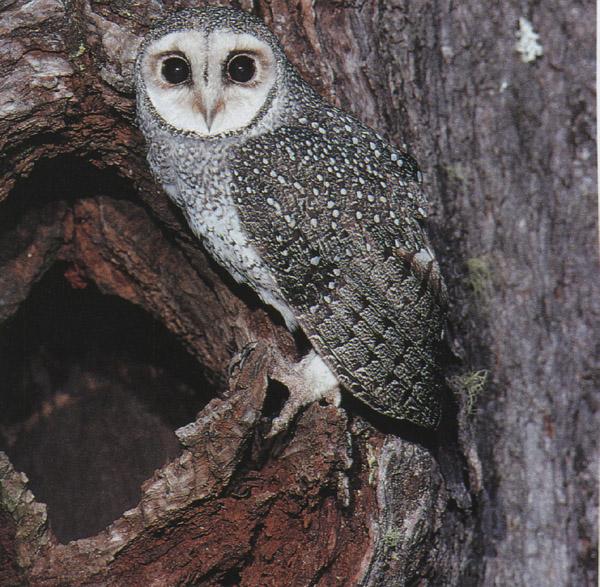|
| Query: bird | Result: 2010th of 32675 | |
Lesser Sooty Owl-Australia
| Subject: | Lesser Sooty Owl-Australia
| | Poster: | "F. Anderson" (fionaaNOSPAM@melbpc.org.au)
| |

| File size : 81973 bytes
File date : 2000:12:14 11:01:00
Resolution: 600x587
Jpeg process : Baseline
Posted Newsgroups: alt.binaries.pictures.animals
Posted Date: Tue, 09 Feb 1999 19:08:16 +1100 |
by David Hollands
Picture is included this time
--
/\ /\ Lort Smith Animal Hospital Web Site
^ ^ http://www.labyrinth.net.au/~lortsmth/
> * < fionaaNOSPAM@melbpc.org.au
(Remove nospam to reply)
"Lesser_Sooty_Owl.JPG"
|
Comments |
|---|
| | Guest |
|
Lesser Sooty-owl (Tyto multipunctata) lives in the wet tropics region of Australia. Like other birds of prey the female (37 cm) is bigger than the male (33 cm). The lesser sooty-owl is part of the masked group of owls an important part of the environment because they are efficient predators that keep down rodent populations. They feed mostly on animals like rats, bandicoots, and other rodents, but occasionally eat arboreal animals like birds and flying squirrels. Lesser sootys live long and have low-production rates with a breeding season from January to August. They are classified as common even though they have a limited habitat range. Lesser Sooty-Owls are protected animals in Australia where they live.
This taxon is considered a subspecies of Tyto tenebricosa by some authors. |
^o^
Animal Pictures Archive for smart phones
^o^
|
|
|

